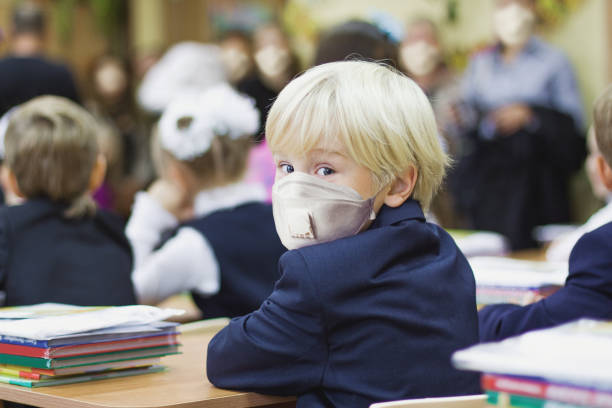Rising rates of asthma and allergies in children constitute a major health risk. Asthma is the third leading cause of hospitalization for children under the age of 15 in the United States, and allergic diseases are the most common health issue among American children.
Children with asthma or allergies must adapt to a new normal. Even though self-management can be hard, teaching kids to be optimistic and embrace a life without limits can help them reach their full potential and improve the quality of their lives.
However, before sending your child out to school, you should inform the faculty and staff of your child’s allergy situation.
You can help your child stay well and in the classroom by coordinating care between the student’s primary care provider, the school, and your household.
The Most Typical Allergies and Asthma
Food Allergies
A person can have an adverse reaction to anything they have eaten if they have a food allergy. Food intolerance is characterized by symptoms such as bloating, abdominal pain, or diarrhea. In contrast, food allergy is characterized by an immune system reaction that involves the release of antibodies and histamines to fight the “invader.” Many people confuse a food allergy with food intolerance, but the two conditions are very distinct from one another.
Skin Allergies
It’s possible that a child has a skin allergy if they develop symptoms such as itching, redness, and swelling in response to something they’ve come into contact with. Although there are many other kinds of skin disorders, eczema, hives, and contact dermatitis are the most common ones.
Insect Stings
We, humans, have a built-in adverse reaction to insect stings and bug bites, but this is not diagnostic of an actual allergy. The immune system overreacts to the insect venom, making the symptoms of an insect sting allergy much more severe than a simple skin reaction. It is a potentially life-threatening reaction that hinders breathing and leads the body into shock.
Pet and Animal Allergies
Many Americans, including some pet owners, suffer from allergies to various species of domesticated animals. Some people are more susceptible to developing an allergy to cats than others, and the same is true of dogs. Although many people think certain dog breeds to be “hypoallergenic,” the AAHA emphasizes that there is no such thing as a non-allergic pet; if a child has an allergy, their body will respond to the pet’s urine, saliva, or dander (dead skin cells).
Mold
The allergy to mold could be the cause of a child’s year-round symptoms. Asthma is often associated with mold allergies. Mold can be found just about anywhere, indoors or out, but is especially common in damp environments like the kitchen, basement, and bathroom.
Schools can do their part by learning about their students’ triggers and taking steps to limit their exposure. If the pollen count is high during recess, your child may need to stay inside, or he or she may need to sit on a cotton mat instead of the carpet because dust mites and their droppings might cause irritation.
To keep the impact on their education to a minimum, it is best to schedule doctor’s appointments when they are not in school.
Taking care of your child’s emotional well-being is just as important as attending to his or her physical symptoms; encourage open communication with your kid about how school is going and if he or she is worried about anything, like feeling uncomfortable during certain activities or being bullied, so you can bring up these concerns with the teacher.
It is critical that you have an open line of communication with the school where your child attends. Your child will benefit tremendously from it when everyone is on the same page and is well-educated. Dealing with allergies can be challenging, but getting assistance can make the process much simpler.

